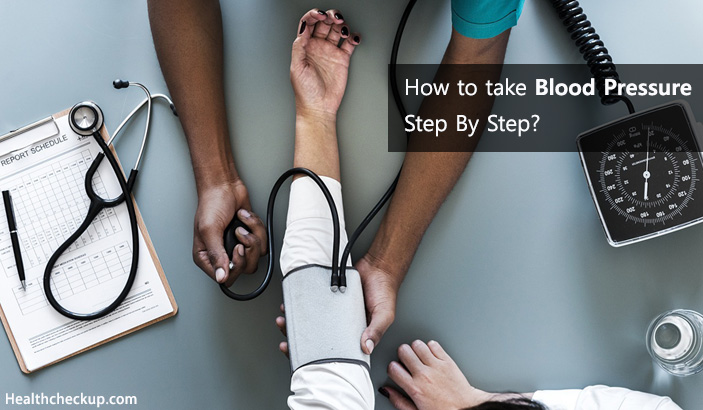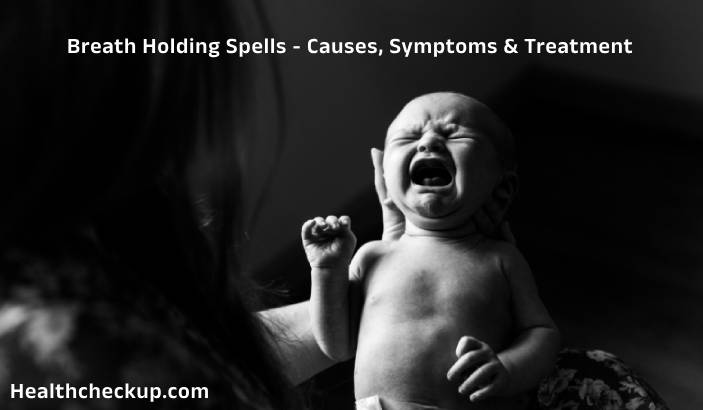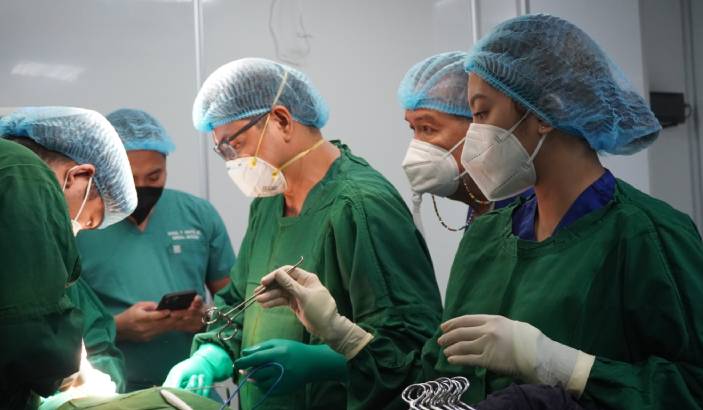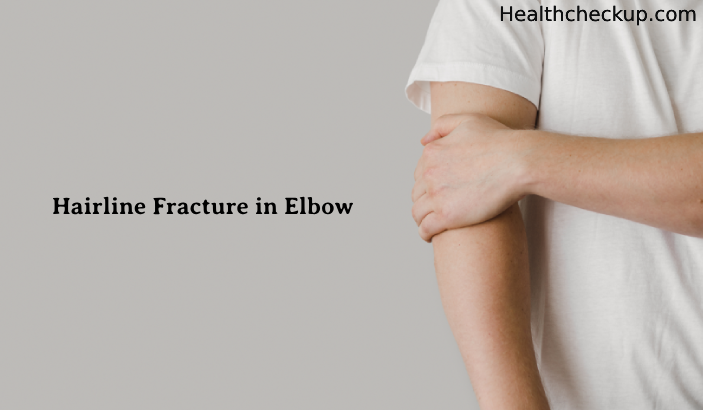Blood pressure is the first step in the assessment of your health status. Whenever you fall sick or visit a clinician, the first thing that your doctor would do is check your blood pressure. So what is the deal with this blood pressure and why is it so important.
What is Blood Pressure?
Blood pressure is a potential indicator for any and possibly all dysfunctions going on inside your body. And as the saying goes, it is important to understand normal, in order to know what is abnormal.
When blood flows through the blood vessels, it exerts a certain amount of pressure on their walls. The blood vessel walls too provide some resistance to this pressure. Blood pressure, therefore, is pressure exerted by circulating blood against vessel walls.
How is Blood Pressure Measured?
The device used to measure blood pressure is called a Sphygmomanometer or a Blood Pressure Apparatus or Blood Pressure Monitor.
Blood pressure cannot be measured without a blood pressure apparatus. A lot of varieties of blood pressure apparatuses are available for use – right from mercury based units to digital ones.
Blood pressure is measured in two gradients – Systolic and Diastolic. Standard unit used to express blood pressure readings is millimeters of mercury (mm of Hg).
Standard Blood Pressure Values and What Do They Mean
| Classification |
Systolic (mm of Hg) |
Diastolic (mm of Hg) |
| Normal | <120 | <80 |
| Pre-hypertensive | 120-129 | <80 |
| Stage-I hypertension | 130-139 | 80-89 |
| Stage-II hypertension | 140 or more | 90 or more |
| Stage-III hypertension or hypertension crisis | Higher than 180 | Higher than 120 |
Blood pressure can be measured at anytime. It needs to be measured when the patient is unwell. Serial assessment should be done at a regular basis.
How To Check Blood Pressure?
Blood pressure can be measured either by Palpation Method or Auscultation. Steps to measure blood pressure are:
- Place the blood pressure monitor at the level of the patient’s heart.
- Before use, the cuff should be completely deflated. It should be placed snugly around the upper arm above the elbow. A 2-finger gap should be kept between the cuff and skin.
- The brachial artery which is just below the elbow should be identified and marked to get an accurate reading.
- Place the chest piece of stethoscope on the marking and slowly deflate the cuff.
- The level at which the first pounding (Korotkoff sounds) can be heard is the systolic blood pressure.
- The level at which the sounds cease is the diastolic blood pressure.
Mercury or Aneroid Blood Pressure Apparatus is the most suitable variety to measure blood pressure using auscultation. A trained practitioner will be able to operate these better.
Aneroid and Mercury Blood Pressure monitors have a similar method of function. However, aneroid is free from mercury. Therefore the risk of mercury spillage can be avoided completely.
How To Measure Blood Pressure By Hand?
- To measure blood pressure using this method, follow the same first three steps mentioned above.
- Feel the radial artery at the wrist while inflating the cuff. Inflate the cuff until the radial artery pulsations cannot be felt.
- Deflate the cuff and the point at which radial pulse begins again is the systolic reading.
- An automatic digital monitor or an aneroid blood pressure monitor shall help you do the same.
It should be understood that when attempting to measure blood pressure using palpation method, only systolic reading can be obtained. It is not possible to measure the diastolic blood pressure using this method.
How To Measure Blood Pressure At Home?
Given to the high prevalence of hypertension, blood pressure apparatus has become an essential instrument for any household. For use at home, a digital, automatic blood pressure apparatus is the best option.
- An automatic blood pressure monitor comes with a device which has an LED to display readings and an inflatable cuff.
- Place the cuff snugly around arm at level of the heart and turn on the device.
- The cuff gets inflated and automatically. Some devices even blink an error if the cuff is not placed properly.
- As the cuff deflates, systolic as well as diastolic readings are displayed on the screen. Some automatic devices display heart rate as well.
- Some of these devices are also designed to beep an alarm when the readings of blood pressure and heart rate are abnormal.
Due to its ease of use, the automatic blood pressure monitor is widely used at home. It is the best kind of device even for elderly patients to measure their own blood pressure at home.
Although, an automatic device is easier to use and without the risk of mercury spillage, calibration at frequent intervals is mandatory to get accurate readings.
Low Blood Pressure
Any measurement below the normal levels is considered Low Blood Pressure or Hypotension. Some individuals normally have blood pressure reading below the standard 120/80 mm of Hg. Low blood pressure is a sign of some underlying condition and not a disease itself.
|
Causes of low blood pressure |
Symptoms of low pressure |
|
|
What To Do If Blood Pressure is Low
Low blood pressure generally indicates some severe dysfunction going on inside the body. Management of hypotension primarily aims at correction of the causative factor. Some ways to manage low blood pressure are:
- Oral rehydration solution in case of dehydration
- Blood and blood components may have to be replaced in case of excessive blood loss as in trauma or surgeries.
- Increase intake of salt
- Avoid alcohol, caffeine and aerated drinks
- Raisins are known to treat hypotension naturally
- Almond with milk is a traditional home remedy to manage hypotension
- Vitamin C like oranges, amla (gooseberry) and other citric fruits provide natural anti-oxidants
High Blood Pressure
According to recent statistical data, about 33% urban and 25% rural Indian population is hypertensive. Out of these individuals, about 25% or rural and an alarming 42% urban population were unaware of their hypertensive status. Males have found to be more affected than females.
According to researches, hypertension is responsible for about 54% of stokes and 24% of coronary heart diseases. In addition to that, risk of hypertension increases two folds in smokers as compared to non-smokers.
| Causes of High Blood Pressure | Symptoms of High Blood Pressure |
|
|
What To Do If Blood Pressure Is High
- Limit salt intake
- Limit intake of potassium if there is any chronic kidney disease
- Some sort of physical exercises like walking, cycling or swimming.
- Avoid smoking and alcohol
- Eat food containing fewer fats. Avoid oily and processed food.
- Take therapies to manage stress.
- Increase intake of fresh fruits and vegetables.
All these ways to manage high blood pressure need to go hand-in-hand with actual medical treatment. None of these methods should be used to replace medications. The reason being, constantly high blood pressure can potentially damage vital organs and cause aneurysms and even bleeding at some sites.
Blood pressure apparatuses are almost considered to be a necessity at a clinic, hospital or even at homes. Since high or low blood pressure do not always present with any significant symptoms, blood pressure needs to be checked regularly especially when a person is unwell. Reason being, even in absence of any symptoms, blood pressure indicates health status of a person.
Dr. Himanshi is a Homoeopathic consultant and currently working as a lecturer in Post-graduate faculty of Homeopathy, Parul University, Vadodara. Completed BHMS and MD in Homeopathy in January 2018 and also has a clinical experience of about 6 years. Personal interests include reading, spending time with family and traveling.








